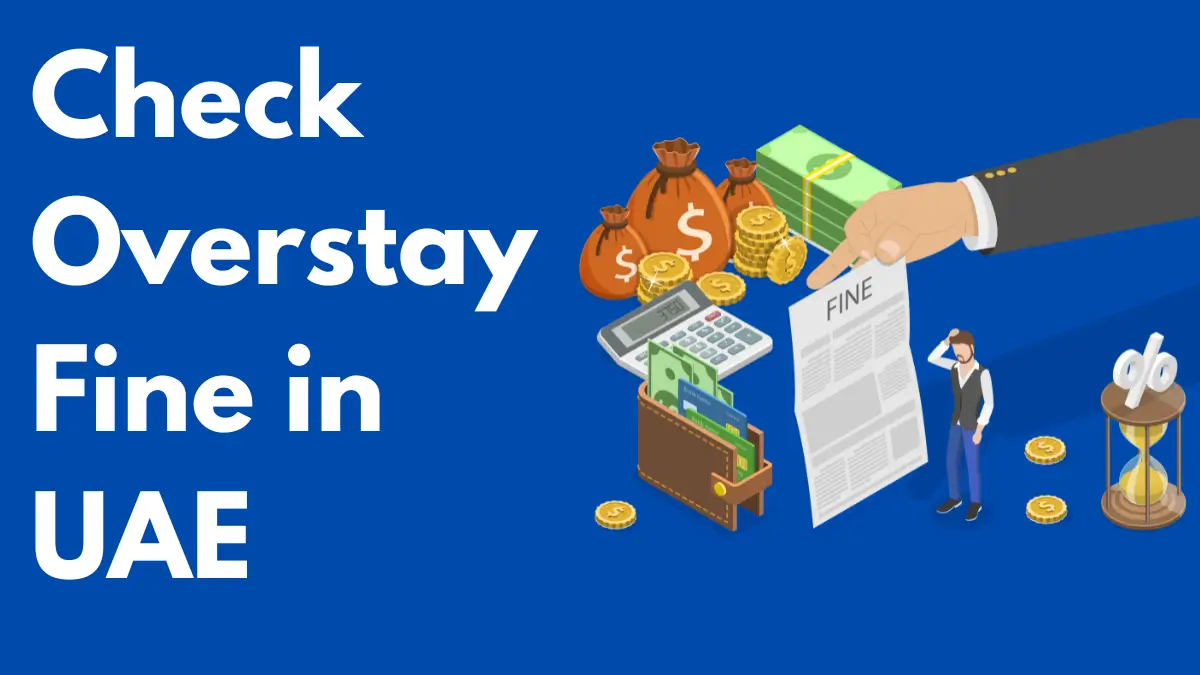As far as search engine optimization (SEO) is concerned, the keywords, backlinks, and the technical structure of the websites are what most businesses consider. One of the areas that are frequently neglected, however, is image SEO. Images do not only enhance visuals; they are also effective means of enhancing user experience, faster page load time, and higher ranking in the Google search results. Image optimization can also assist in getting your site listed on Google images which is by itself one of the biggest search engines.
In this post, we are going to go over 10 practical image SEO tips that can assist you with generating more organic traffic, boosting your position, and enhancing the user experience of your visitors.
1. Use High-Quality and Relevant Images
The rule number one of image SEO is that quality counts. Poor, blurred, or out-of-context pictures will drive users away, not to mention the fact that it can even raise your bounce rate. The algorithms that Google uses appreciate the user engagement and in case people move away at a fast pace due to the lack of good visuals then it may negatively impact your SEO.
Rather, make it a point to use sharp, professional and relevant images that do not contradict your content. As an example, when you write about healthy smoothies, use actual photos of smoothies rather than some stock images. Good visuals enhance trustworthiness and entices the user to spend more time on your page.
2. Optimize Image File Names
Renaming your files is one of the simplest and the most efficient ways to optimize your images. Google themselves do not see the images as such-they have to decode the text data to understand about the images.
Instead of referring to it as IMG_1234.jpg, call it something that describes the content like healthy-green-smoothie.jpg. This makes the life of search engines that index your content so much easier and also makes the content be a better candidate to appear in the relevant image searches.
Tip: Be natural with keywords in file names and do not keyword stuff.
3. Add Descriptive ALT Text
Both SEO and accessibility require the use of the ALT text (alternative text). It explains what is in an image to the user who might not be able to see and assists Google to know what the image is about.
For example:
- Bad ALT text: image123
- Good ALT text: A glass of green smoothie consisting of spinach, banana and avocado
Good ALT text is descriptive, keyword-friendly and user and search engine-friendly.
4. Compress Images to Improve Page Speed
Page speed is one of the most important ranking factors of Google. Unoptimized large images may also make your site load slowly, which is a frustration to users and a rank killer.
The remedy is to compress images prior to uploading them. Compression makes files smaller and does not compromise the quality a lot. One can find numerous such tools such as TinyPNG, ImageOptim, or online compressors.
Lighter files allow faster loading pages and this increases both SEO and user experience.
5. Choose the Right Image Format
Image formats are not all equal. The selection of the appropriate one may influence the quality and performance:
- JPEG: This is best suited to photos that have many colors.
- PNG: Best when there is need of transparency or solid detail such as with logos.
- WebP: A new format providing high-quality file sizes (recommended by Google).
Your choice of format will achieve a balance between quality and loading speed, which are both important to SEO.
6. Make Images Mobile-Friendly
Responsive images are no longer an option with over 50 percent of web traffic being through JFIF to JPG Converter mobile devices. Without the ability of your pictures to scale up and down to fit various screen sizes, a user will not have a pleasant experience, and your ranks will be adversely affected.
Use well-scaled images and make them load well on all devices. Google has mobile-first index meaning it largely depends on the mobile version of your site to rank. One must make the images optimized so as to be competitive.
7. Use Structured Data for Images
Applying structured data (schema markup) to your images can enable Google to show them as rich results. To take one example, structured data can cause your product images to show up in Google Shopping, or add images to snippets.
Not required, but provided, structured data provides search engines with additional context regarding your images, which may increase its appearance in search results.
8. Create an Image Sitemap
A image sitemap enables Google to let it crawl and then index able to index pictures all website includes. This is particularly applicable to sites that are visually oriented, e-commerce sites, photography portfolios or blogs.
Adding image sitemaps will enhance the likelihood of your images getting listed in Google images and this further boosts more traffic to your site.
9. Use Captions and Surrounding Text
It is not only the ALT text and names of the files that search engines look at, but also the context in which your images are. The usage of captions, headings, and writing about the image helps make Google aware of the way the picture is connected with your material.
To put it in another example, the mention of an image that contains a smoothie recipe, the caption text like A refreshing green smoothie made with spinach and banana will add relevance both to the users and the search engines.
Captions also contribute to the interaction with the audience because the audience will fix its eyes at the pictures and the captions then proceed to read the whole article.
10. Leverage Original and Unique Images
Stock photos could come in handy but when everyone is using the same photos, it will not make you stand out in the search. Design original visuals whenever possible, e.g. bespoke graphics, infographics, product photography, and screenshots.
Original visuals do not only enhance the SEO but also trust and brand identity. As an example, a visualized infographic of your blog post could become popular on Google Image search and other websites could make a backlink to your post, which further improves your search engine optimization.
Why Image SEO Matters More Than Ever?
The role of visual content is growing in user search and consumption of information. Google states that more than 20 percent of all the searches on the web are performed on Google images. This implies that without optimization of your images, you are missing a massive source of traffic.
Image SEO is not all about the rankings, but about better user experience. The quicker loading speeds, the more understandable imagery, and pertinent information all add up to user delight and thus lead to the increased authority of your site in the eyes of Google.
Final Thoughts
SEO image optimization is one of the cleverest methods of enhancing Google rankings and the experience of users. These 10 tips will help you to make your site more searchable, aesthetically pleasing, and interesting: using descriptive ALT text and file names, compressing images, and creating unique visuals by making them.
It is important to remember that it is all about balance and great SEO. Not just search engines, optimize first of all to your users. Google notices when users are happy, and the result is your rankings will automatically improve.
The next time you post a picture, then you should ask yourself the question: Is this optimized to people and search engines? In case the answer is affirmative, you are halfway there to increasing the visibility of your website.





